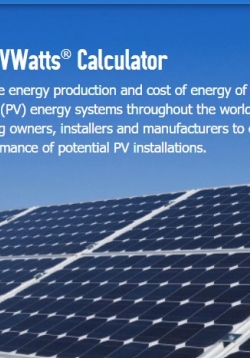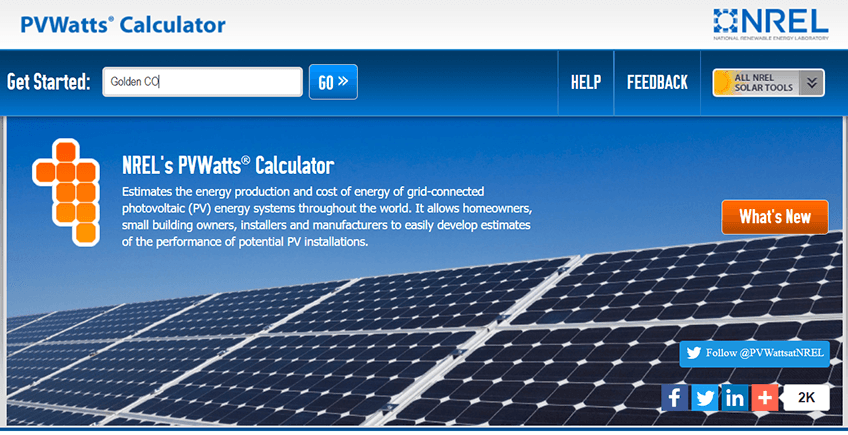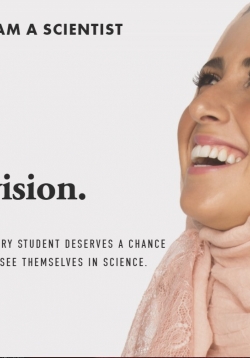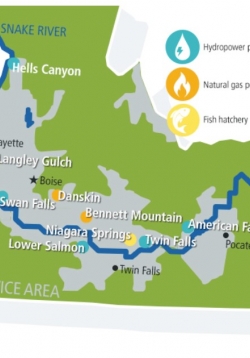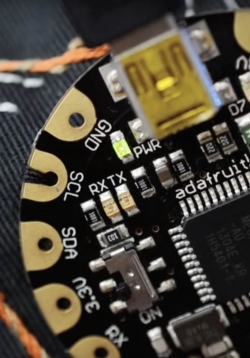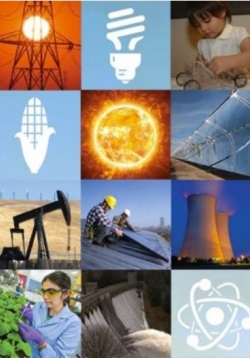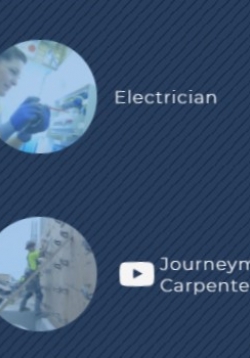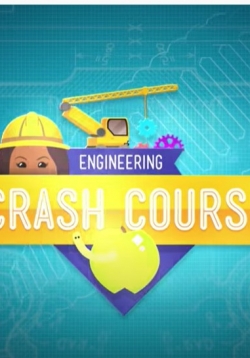In the past few years, progress has been made to inspire and support more students in the pursuit of STE(A)M careers. The goal of the “I Am A Scientist” initiative is to contribute to these efforts by providing accessible toolkits that humanize and increase the representation of diverse, real world, and multidimensional science and scientists.
In addition to creating original resources, we also aim to centralize and amplify some of the best existing, mission-aligned resources available for students and teachers by serving as a digital gateway.
OUR APPROACH
We have carefully crafted an approach that we believe addresses a need for connecting the next generation of potential and aspiring scientists to the science and stories of real world researchers that shatter ubiquitous stereotypes. This need is one small part of a much larger and much more complex tapestry of inequities, injustices, and both systemic and institutional biases at the intersection of science and society.
Our model continues to evolve and expand based on our highly valued conversations with and studying the work of educators, community advocates, and science communicators who are committed to the goal of increasing representation, inclusivity, and accessibility in and of STE(A)M careers for all students. The “I Am A Scientist” initiative aims to serve as one piece of a much larger body of work and strategies produced by leaders across communities to address these issues.


